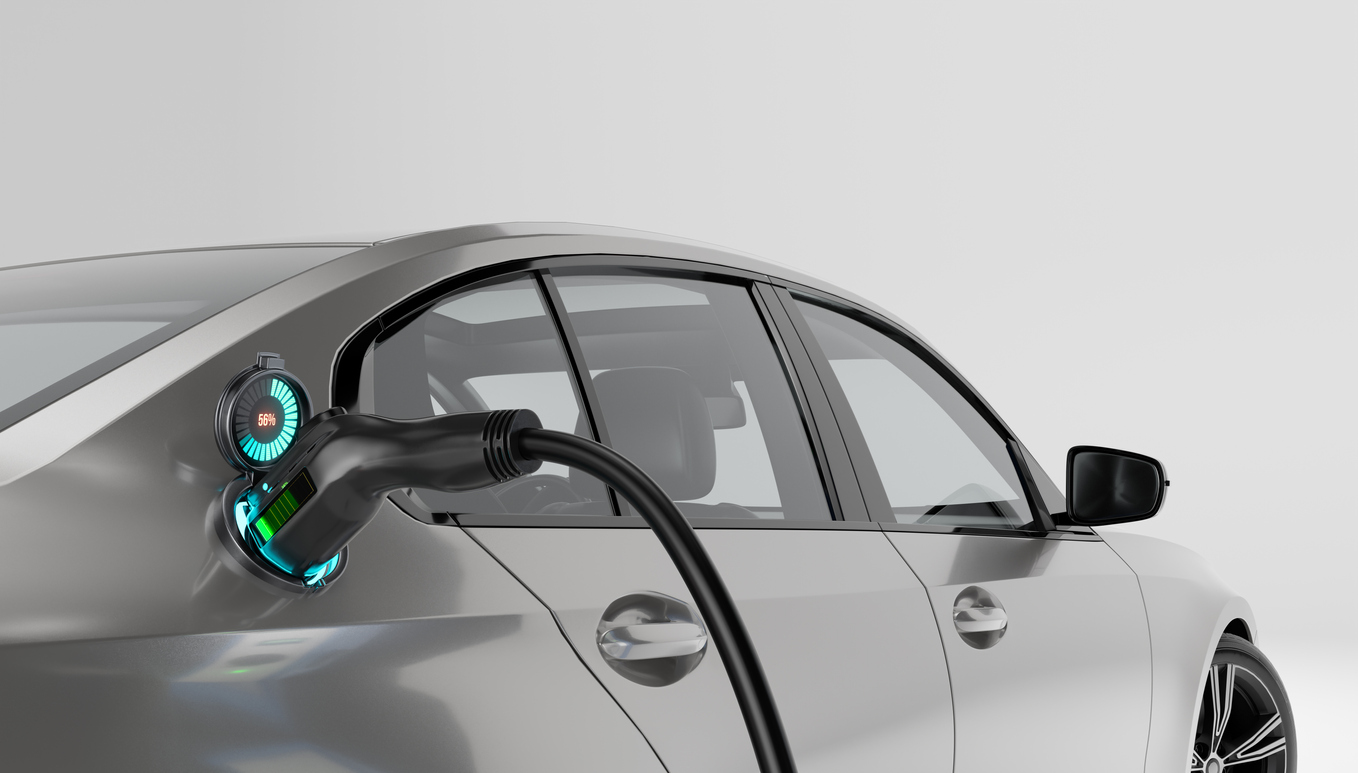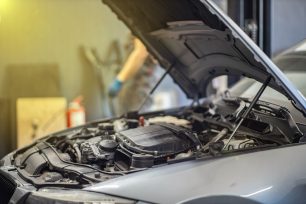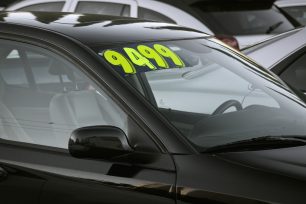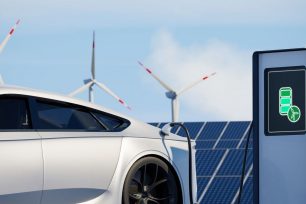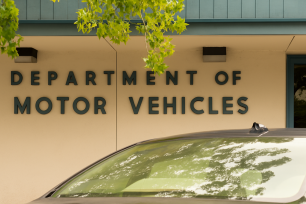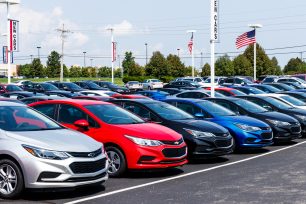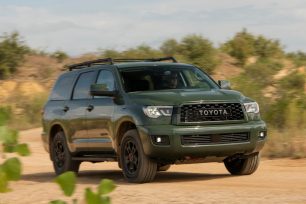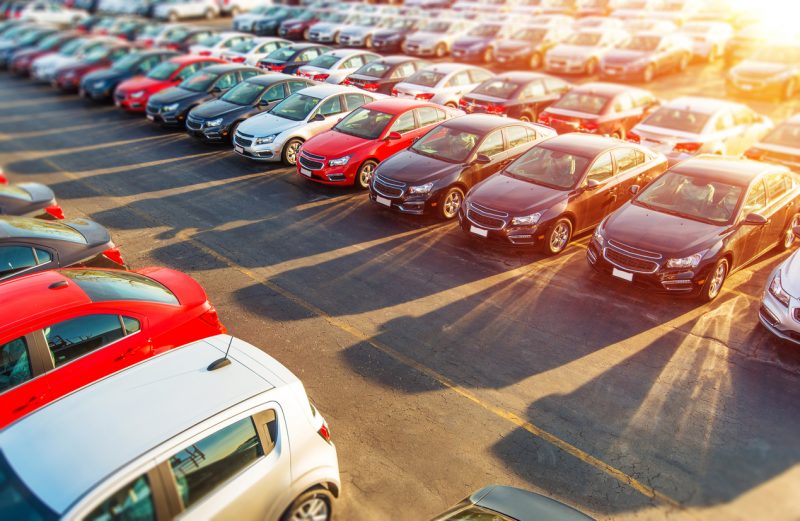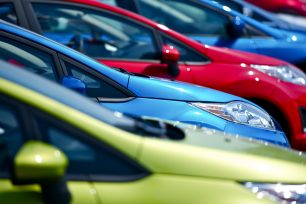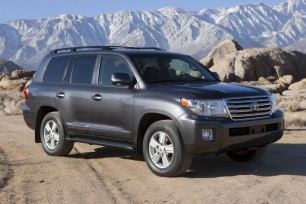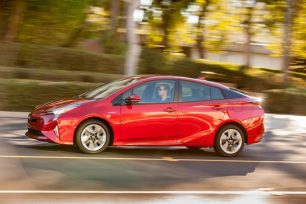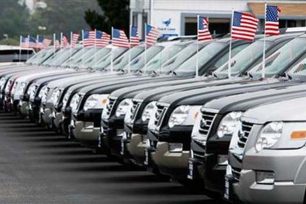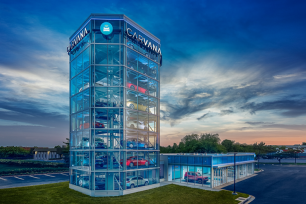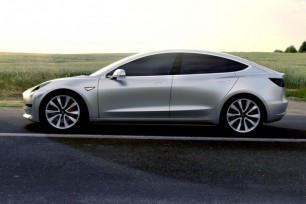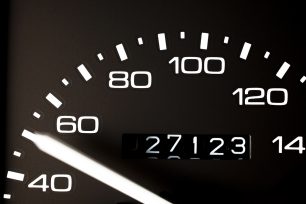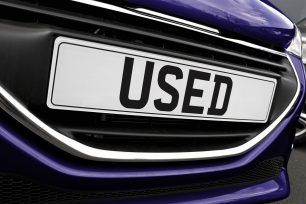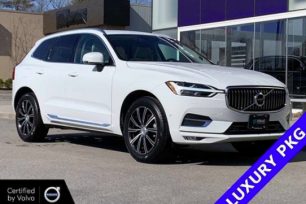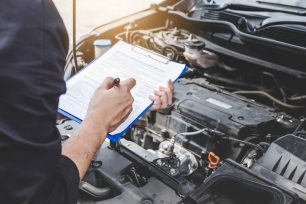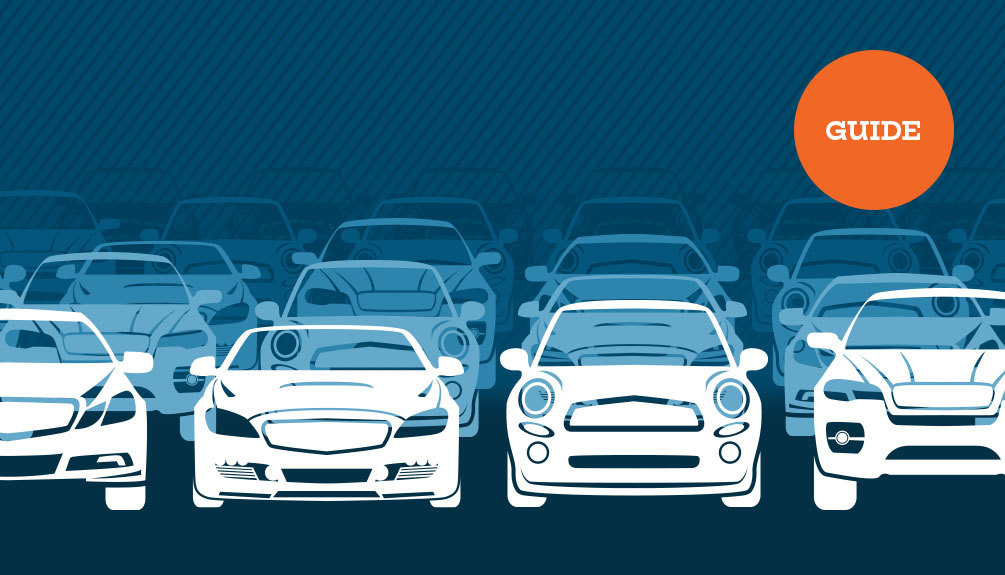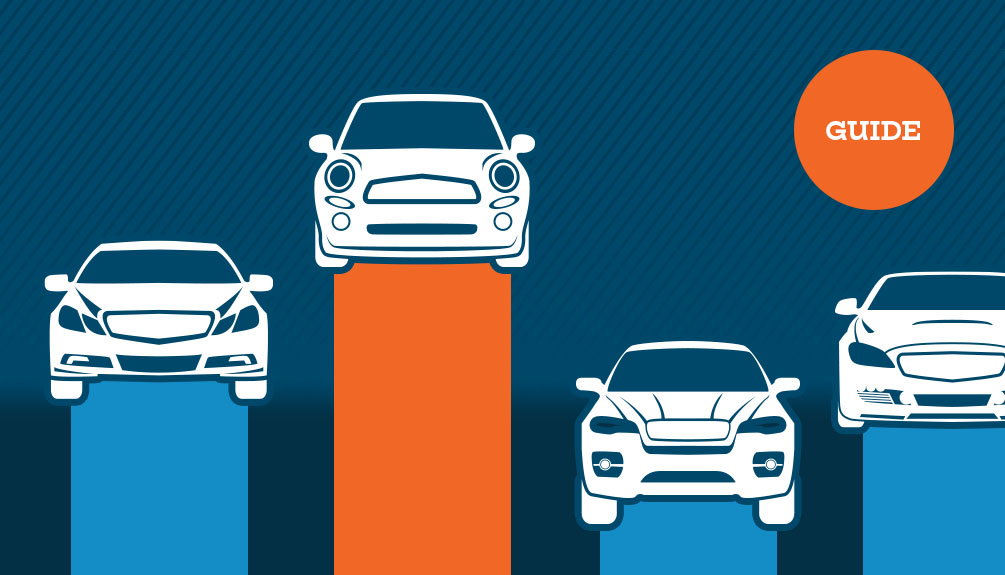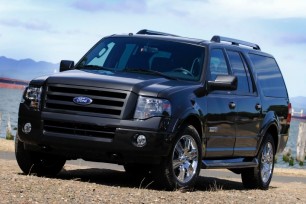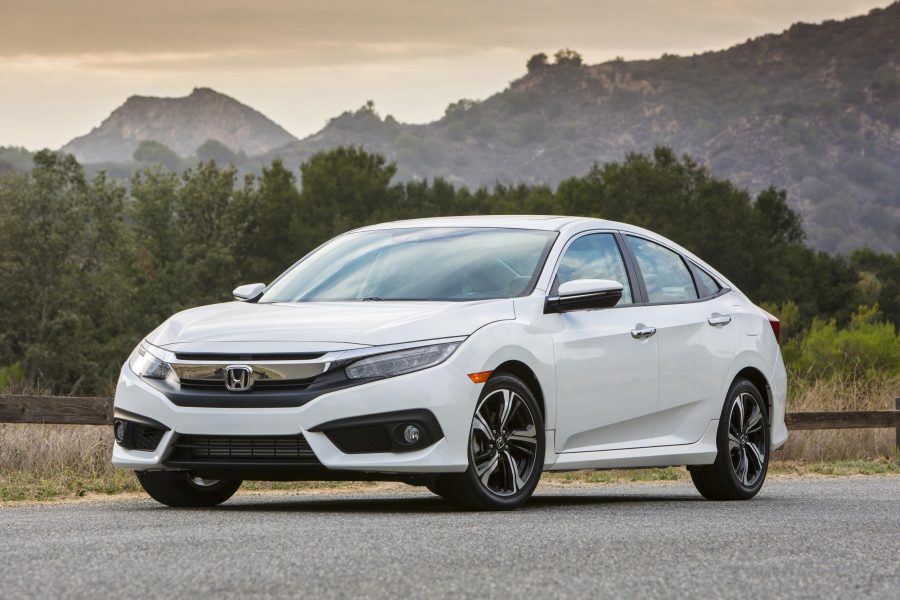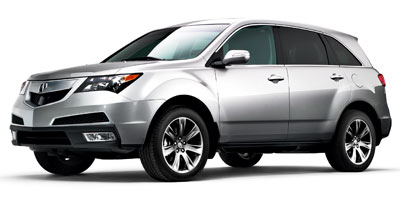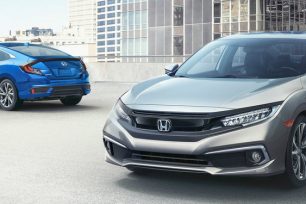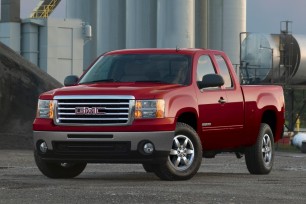A recent study by iSeeCars analyzing average miles per gallon (MPG) by state reveals insights into regional patterns in fuel efficiency and the influence of hybrid and electric vehicle (EV) adoption. While states with higher hybrid and EV shares generally achieve better fuel economy, there are notable exceptions where other factors, such as the popularity of SUVs and trucks, create disparities.
Below is a table ranking states by their average MPG alongside their hybrid and EV adoption rates, highlighting the relationship between fuel efficiency and vehicle preferences.
| Average MPG by State, 2024 - iSeeCars Study | |||
| Rank | State | Avg MPG 2024 | % Share Hybrids + EVs 2024 |
| 1 | California | 33.5 | 14.4% |
| 2 | Washington | 31.7 | 12.3% |
| 3 | Arkansas | 30.1 | 8.9% |
| 4 | Maryland | 29.8 | 9.0% |
| 5 | Nevada | 29.6 | 8.8% |
| 6 | Oregon | 29.5 | 10.2% |
| 7 | Utah | 28.9 | 9.1% |
| 8 | Hawaii | 28.9 | 6.5% |
| 9 | Virginia | 28.7 | 7.8% |
| 10 | Arizona | 28.7 | 7.9% |
| 11 | Vermont | 28.0 | 7.5% |
| 12 | New Jersey | 27.8 | 5.8% |
| 13 | Florida | 27.7 | 5.4% |
| 14 | Massachusetts | 27.6 | 6.5% |
| National Average | 27.5 | 6.4% | |
| 15 | Illinois | 27.4 | 6.7% |
| 16 | Georgia | 27.4 | 5.7% |
| 17 | Colorado | 27.0 | 7.3% |
| 18 | New York | 27.0 | 5.1% |
| 19 | Connecticut | 26.9 | 5.4% |
| 20 | North Carolina | 26.9 | 5.4% |
| 21 | Missouri | 26.7 | 5.6% |
| 22 | Texas | 26.7 | 5.0% |
| 23 | Pennsylvania | 26.6 | 5.0% |
| 24 | Rhode Island | 26.5 | 5.1% |
| 25 | Ohio | 26.4 | 4.5% |
| 26 | Delaware | 26.4 | 5.0% |
| 27 | Maine | 26.2 | 5.6% |
| 28 | Oklahoma | 26.1 | 3.9% |
| 29 | New Hampshire | 26.0 | 5.0% |
| 30 | Indiana | 26.0 | 4.8% |
| 31 | New Mexico | 26.0 | 4.9% |
| 32 | Minnesota | 25.9 | 6.3% |
| 33 | Kansas | 25.9 | 5.1% |
| 34 | Tennessee | 25.9 | 4.4% |
| 35 | Alabama | 25.5 | 3.6% |
| 36 | South Carolina | 25.4 | 3.6% |
| 37 | Kentucky | 25.3 | 4.1% |
| 38 | Idaho | 25.2 | 6.0% |
| 39 | Louisiana | 25.2 | 2.9% |
| 40 | Wisconsin | 25.2 | 4.6% |
| 41 | Michigan | 24.9 | 3.7% |
| 42 | Mississippi | 24.8 | 2.7% |
| 43 | Nebraska | 24.5 | 4.1% |
| 44 | West Virginia | 24.5 | 3.2% |
| 45 | Alaska | 24.4 | 4.8% |
| 46 | Iowa | 24.3 | 4.1% |
| 47 | Montana | 23.2 | 3.8% |
| 48 | South Dakota | 23.1 | 2.7% |
| 49 | Wyoming | 22.7 | 2.9% |
| 50 | North Dakota | 22.6 | 2.9% |
Top Performers in MPG
California leads the nation with an average MPG of 33.5, significantly above the national average of 27.5. This high efficiency aligns with the state’s leadership in hybrid and EV adoption, boasting a 14.4% share, which is nearly double the national average of 6.4%. Washington and Arkansas follow with MPG averages of 31.7 and 30.1, respectively, reflecting a strong presence of fuel-efficient vehicles.The Role of Hybrids and EVs
The study highlights a clear relationship between a state's MPG and the prevalence of hybrids and EVs. For instance, Oregon (29.5 MPG) and Maryland (29.8 MPG) both feature hybrid and EV shares above 9%, supporting their higher-than-average fuel efficiency.However, the data also uncovers states like Colorado, Minnesota, and Idaho, which exhibit relatively high hybrid and EV adoption rates (7.3%, 6.3%, and 6.0%, respectively) but fall below average in MPG rankings. This disparity is likely due to the popularity of SUVs and trucks in these states—vehicle types that, even as hybrids or EVs, generally achieve lower MPG compared to smaller sedans or compact cars.
Geographic and Lifestyle Influences
States with lower average MPG often have vehicle preferences driven by geographic and economic factors. For example, Wyoming (22.7 MPG) and North Dakota (22.6 MPG) rank at the bottom of the list, reflecting a preference for gas-powered trucks and SUVs suited for rural and rugged terrains. Similarly, colder climates and the need for heavier vehicles in states like Alaska (24.4 MPG) and Montana (23.2 MPG) contribute to lower fuel efficiency averages.Noteworthy Outliers
Arkansas stands out with an average MPG of 30.1 despite having a relatively moderate hybrid and EV share of 8.9%. This suggests a notable presence of fuel-efficient gas-powered vehicles, illustrating that high MPG can also result from conventional fuel economy improvements.Conversely, states like Michigan (24.9 MPG) and Wisconsin (25.2 MPG), with hybrid and EV shares close to the national average, demonstrate how vehicle preferences and driving conditions can offset gains from alternative fuel vehicles.
Conclusion
The 2024 iSeeCars study illustrates the relationship between hybrid/EV adoption and average MPG across the United States. While hybrid and EV penetration plays a significant role in shaping state-level MPG averages, factors such as vehicle type, terrain, and regional driving habits create variations that defy straightforward correlations.Understanding MPG trends by state can help consumers make informed decisions about vehicle purchases and fuel efficiency
More from iSeeCars:
About iSeeCars.com
